A paradigm shift in the use of communication strategies has occurred in recent years as strategic, evidence-based behavior change communication (BCC) strategies increasingly take over sporadic awareness-raising information, education, and communication (IEC) activities. The change has resulted from the pursuit of holistic approaches to communication in which socio-cultural norms are used to influence individual behavior and mobilize communities in support of advocacies that could affect societal issues.
What is Social and Behavior Change Communication
Social and Behavior Change Communication (SBCC) is a framework that uses the strategies of advocacy, BCC, and community mobilization to influence both individual and societal change. It uses an integrated approach that is focused not just on mass media but incorporates mid-media and interpersonal communication. It employs a systematic process of planning, designing, implementing, monitoring and evaluating communication.
SBCC is based on data and evidence and grounded in social and behavioral theory. Its implementation involves tailored messages and communication channels that influence positive behaviors; promote and sustain individual, community and societal behavior change.
Why Use Social and Behavior Change Communication
Effective communication campaigns succeed in raising high levels of awareness, however, they do not always drive action. An SBCC strategy, on the other hand, proposes a comprehensive set of interventions to encourage and support positive behaviors. It identifies intended audiences; conveys consistent messages for all materials and activities; and allows for harmonization of priorities and approaches among the relevant organizations and stakeholders to reach the program goal and objective.
Designing an Effective SBCC Strategy
Designing an SBCC strategy is more than just information dissemination and must, therefore, be participatory wherein members of target populations and stakeholders are involved and taken into account. It is crucial to identify the appropriate approach in order to command attention and promote and enable action. Below is a five-step guide for designing an SBCC strategy:
- Understand the Problem through a Situation and Target Audience Analysis > Select and Define Target Audiences and Desired Behaviors
- Identify what behaviors needs to be changed, who is performing the behaviors, what are the motivating factors (drivers) and concerns (barriers) regarding the current and desired behaviors
- Identify and segment the Target Audiences
- Identify drivers (motivating factors) and other influencing factors underlying behaviors you need to change
- Create a Target Audience Profile
- Design the SBCC Strategy and Interventions
- There are three SBCC strategies to choose from:
- Behavior Change Communication
- To change knowledge, attitudes, beliefs, and practices of consumers (Target Audience) and change social norms
- Social and Community Mobilization
- To change behaviors and social norms, and generate wider participation, coalition-building, and local ownership among groups, associations, and networks that are influential among consumers
- Advocacy
- To generate active support, resources, and political-social commitment that create an enabling environment for lasting desired behavior change
- Behavior Change Communication
- There are three SBCC strategies to choose from:
- Create Messages, Materials, and Dissemination Plan
- Develop the Key Messages
- Assess drivers and barriers of the Target Audience
- Communicate “Reason Why” and “Call to Action”
- Develop the Creative Brief
- Develop Creative and Impactful Content
- Pretest Materials to determine if they are appealing, credible, believable, and resonate with the Target Audience
- Prepare a Media Plan that will effectively reach the Target Audience
- Implement and Monitor
- Implementation – coordinates and executes planned activities
- Monitoring – ensures that the activities are being conducted according to the time frame, using the planned inputs (quantity and quality), and producing the desired outputs
- Inputs – items or resources needed for activities to be conducted e.g., budget, staff, logistics, materials, expertise, and time
- Outputs – direct results of the activities e.g., number of persons trained, number of groups oriented on the campaign, number and quality of creative materials (video, PSAs, billboards, print ads) produced, pretest of materials conducted, media placements implemented
- Evaluate and Replan for Improved Outcomes and Sustainability
- Evaluation
- Determines whether the activities and outputs are producing desired results or outcomes based on the campaign’s behavioral objectives
- Asks the question: Have we made progress against the campaign’s behavioral and communication objectives?
- Can be conducted while the campaign is ongoing (midterm evaluation) and at the end of the campaign (final evaluation)
- What to Measure
- Behavioral Objectives: Change in behaviors and practices of Target Audience
- Before you can change behaviors, you need to change determinants, such as attitudes, beliefs, intentions to consume, and social norms/social acceptability. You also need to target and measure these changes in order to achieve the behavioral objectives based on the analysis and results of the baseline or pre-campaign research.
- Evaluation
ASSIST Creativelab provides technical assistance to develop sustainable national- and state-level institutional capacity to design, deliver, and evaluate strategic evidenced-based SBCC programs that will:
- Increase knowledge and attitudes of individuals, families, communities, and related stakeholders about certain advocacies
- Promote an environment where communities and key influencers support positive behaviors
- Reduce barriers of vulnerable populations to credible information
Engage with us today!
Sources
Ministry of Health and Family Welfare Government of India. (2013). Social and Behavior Change Communication (SBCC): Training for Information, Education, and Communication (IEC) Officers. Available from: https://pdf.usaid.gov/pdf_docs/PA00K6VP.pdf
USAID. (2020). Social and Behavior Change Communication (SBCC) Demand Reduction Guidebook. Available from: https://www.fhi360.org/sites/default/files/media/documents/resource-sbcc-guidebook.pdf
USAID. (n.d.). What is an SBCC Strategy. Health Communication Capacity Collaborative. Available from: https://healthcommcapacity.org/i-kits/sbcc-strategy/#top




